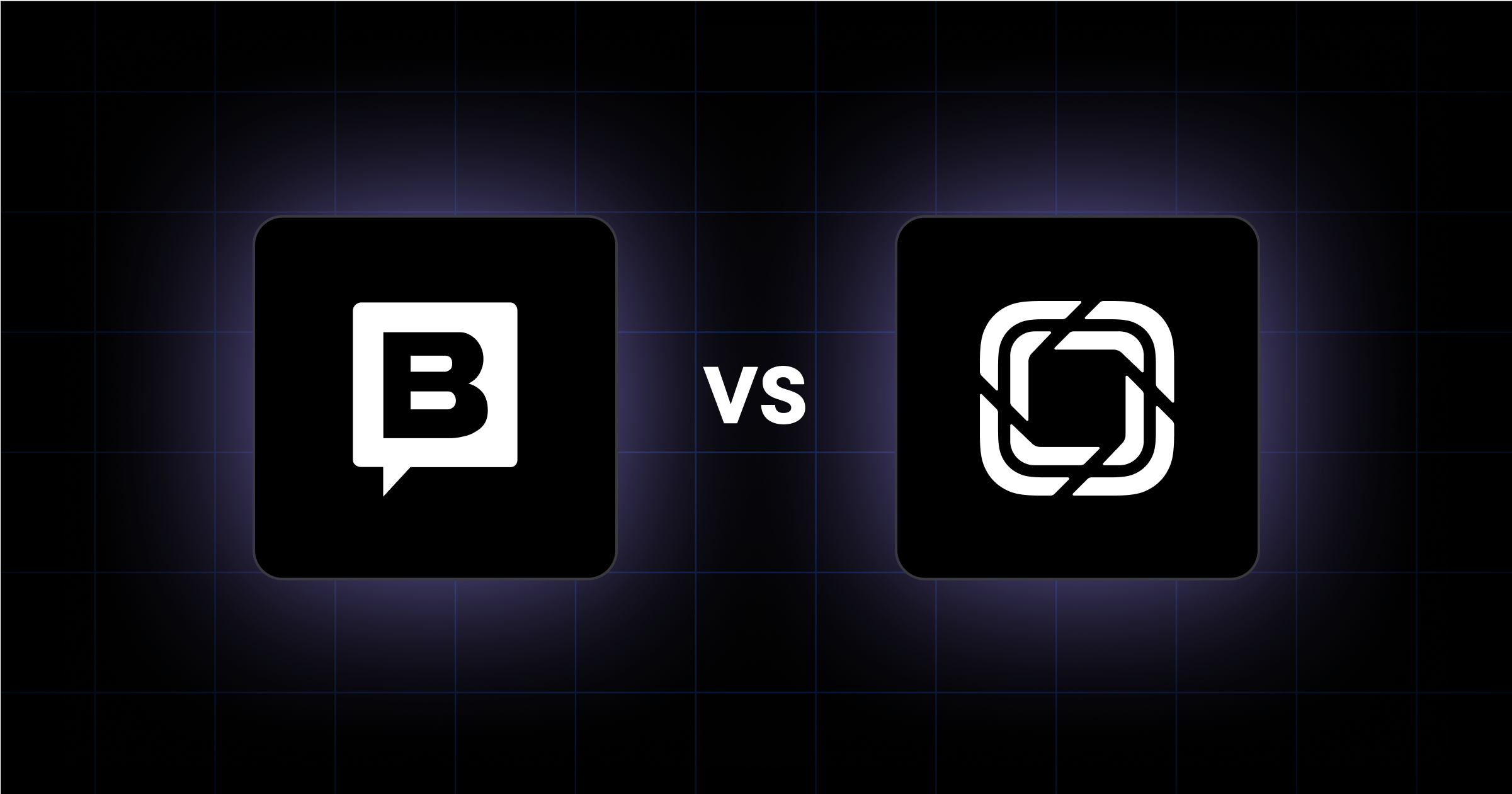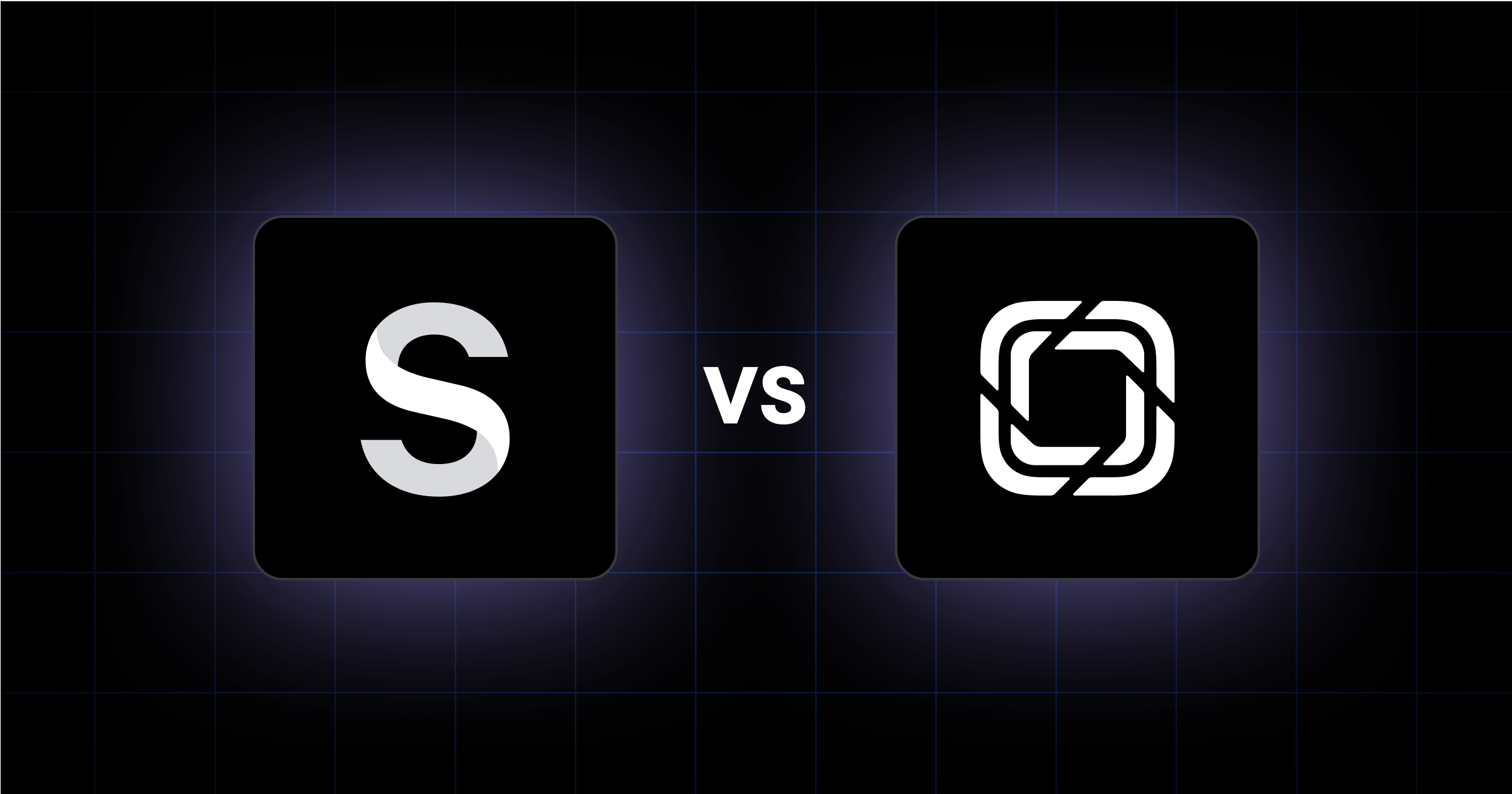Marketing peaked in 2020 as the world shifted in a direction that no one expected. The peak continues to surge, urging companies to centralize their business operations to stay sharp and retain a share of the market.
Organizations today need the best marketing technology out there, and with over 5,000 MarTech options available, it’s no easy task finding the right tools suited for the job. That said, an outdated MarTech stack will hold your team back in 2021 while an upgraded stack will help you find better ways to be efficient and attain an ROI that will make your stakeholders happy.
What is a MarTech Stack?
A MarTech stack is marketing technology that is built to orchestrate business operations and enforce fluidity between internal and external teams. The collection of technologies work to slim down processes and marketing activities, while also having the ability to integrate.
For example, HubSpot can integrate with technologies such as Slack, Salesforce, PandaDoc, and others. But marketing technology is not only used for integrations.
A MarTech stack gives marketing teams the ability to leverage tools for reporting, automation, and lead conversion—Every marketer’s playground. Again, marketing technology isn’t only meant for marketers, as internal teams who work in tight-knit fashion will reap the benefits.
A MarTech Stack Will Bolster your Team’s Marketing Strategy
Marketing technology is now one of the largest portions of every team’s budget at 26% on average. Every marketer must care about their MarTech stack and ensure they have the technology they need to streamline processes, stay connected internally, and work smarter.
From siloed tools to all-in-one solutions, an updated MarTech stack means all your tools are in one place. Tools that are siloed cause friction in between processes that are in turn slowed down and are no longer seamless.
The power of all-in-one solution platforms, such as CRMs, eliminates the need for siloed tools because they’re built to give every team member a scope of what is going on. Enough scope that allows marketing teams to work more efficiently and at greater speed.
When tools connect nicely and integrate properly everyone benefits. But what about the customers? Marketing technology has helped teams create personalized experiences in 2020 and will continue to do so in the future. This is done by leveraging reporting tools.
Reporting tools are used to collect data that tell your brand story or describe your content strategy. They’re also used to gather information on a customer’s journey to help better understand the customer.
It’s obvious how powerful a MarTech stack is so let me tell you how to streamline your marketing strategy and understand your business better.
Adopting a MarTech Stack Will Give your Team Efficiency
Building a sophisticated MarTech stack will help boost your revenue engine. There’s no secret to it. This marketing machine will help you drive more engagement, increase client retention, and most importantly, drive more revenue.
We believe the true foundation of a MarTech stack is technology integrations, closed-loop reporting, and marketing automation. It’s all about having context both internally and on customer data for rapid growth and enterprise at scale.
1. Technology Integrations
The purpose of integrating technology is to have tight-knit relationships with your customers via data. When technology integrates, data can be easily streamlined from platform to platform and is made available to teams internally.
These are your true sources of customer data and will allow your team to leverage how customers interact with your businesses.
The idea is to have all your technology living under one hood. For example, HubSpot is an all-in-one inbound marketing platform that offers marketing, customer service, sales, and content management software.
This technology integrates with other systems your team may be using like Slack for communication, Salesforce for CRM, or Mailchimp for email services.
It’s important to note that not every business will integrate the same technologies. Every business is unique. However, make sure the tools that form part of your unique MarTech stack integrate to avoid a siloed solution stack.
2. Closed-loop Reporting
Your MarTech stack needs an efficient reporting tool. The purpose of reporting is to examine every touchpoint your customer has with your business to tailor a strategy that delivers tangible results.
The goal is to create personalized customer experiences using the closed-loop reporting technique. Your MarTech stack will align data the marketing team collects with the data your sales team collects to centralize data across all operations.
A platform like HubSpot will help you create actionable plans using closed-loop analytics to help you focus on creating a more holistic customer experience.
Using software that gives you a detailed look into how well your content and website performs will be advantageous to your business model in 2021. When you’re able to pinpoint customer touchpoints using your true reporting sources, your marketing team will create better, personalized experiences driven by your MarTech stack.
3. Marketing Automation
Why work on tasks that can be automated? Having a marketing automation platform like HubSpot automation to streamline, automate, and measure your company’s marketing efforts is the last piece of your MarTech stack.
Marketo and HubSpot are popular marketing automation tools to name a few. The platform you go with is completely up to you, but I’m here to tell you what can be accomplished with this tool.
Automating repetitive tasks is one place to start. But imagine using an automation tool to set up AI chatbots for lead qualifying? Now that is how you leverage an automation tool.
If that’s something you might be interested in, then I recommend rolling with HubSpot’s automation tool. HubSpot automation is designed to do all the easy tasks for you and guide you to create advanced automated solutions for internal and client purposes.
Your MarTech stack is already behind if there is no true automation tool to carry your team’s marketing automation efforts.
The Purpose of Marketing Technology
As I mentioned, a revenue-driving MarTech stack allows teams to operate more efficiently without creating unnecessary friction between teams.
The ultimate goal of your MarTech stack should be to deliver maximum relevance and value to your end-users while making it painless for your team to execute.
Without the proper technology, your team will be unequipped to deliver distinctive experiences and will consistently fall short when trying to meet customer needs.
You know your MarTech stack is working efficiently when your team is successfully executing lead nurturing efforts using techniques such as email marketing, lead scoring, audience segmentation, and content personalization.
Your MarTech stack can even help your team in other ways as it did for us when we used Zapier to build an automated employee onboarding process. Ultimately, if your MarTech stack is failing to deliver successful marketing campaigns, then it may require a facelift.
Are you Ready to Start Building your MarTech Stack?
It’s time to get your MarTech stack ready for the future, whether it is switching over to the HubSpot automation tool or integrating your Salesforce CRM with other software.
If you have all the right technology then start centralizing your data and build a solid foundation for your team. You’re in slightly better shape than someone without the tools. Nonetheless, Webstacks is here to help you build an awesome MarTech stack all 2021.




